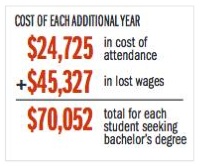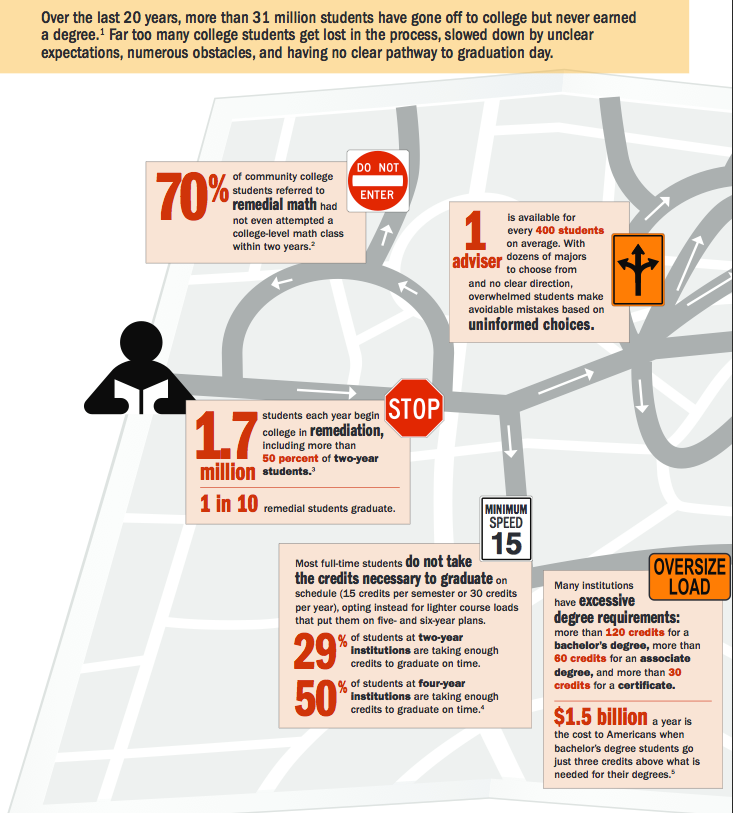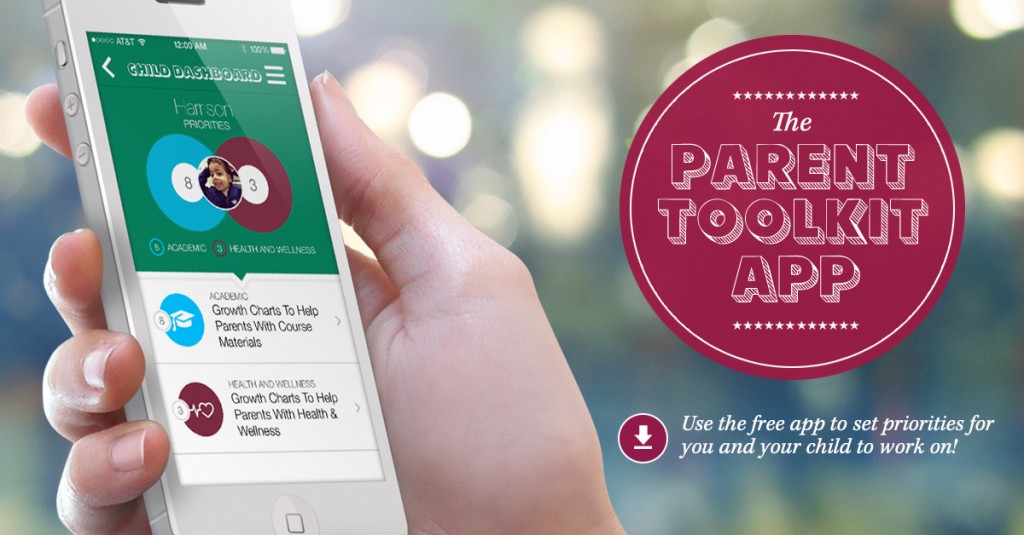
During this financial aid award season, several years ago, my daughter had to make a difficult decision: which college would receive her acceptance of an offer of admission. Of the many colleges she applied to, they included private colleges, state universities, and trade colleges. Some offered her financial aid, others did not. It was a heart-wrenching decision for her: choose the college that offered the best financial aid package with a full-ride scholarship, choose her dream college that gapped her offering no financial aid, or choose the college that was her perfect fit.
For me, it was a no-brainer. One college offered her a full-ride scholarship, along with the major she wanted to pursue. It was in the city she wanted to live in. All the boxes were checked off. There was one problem, however. Since the college was over 2000 miles away from her home, she applied without ever visiting the campus.
Still stuck on her dream college, we scheduled college visits to the other colleges on her list. Here’s where the emotional issue of choosing a college entered into the mix. For teens, the college choice is always more emotional than practical. For parents, this factor makes it even more difficult for you to guide your student in the best decision.
After visiting three colleges in the same city, one her dream college, she was faced with a difficult choice. If it were up to her, she would have chosen her dream college. Knowing this decision would put her into debt, I was able to convince her to look at the other schools.
One of the other colleges offered her a full-ride scholarship; but when we drove onto the campus she immediately balked. Her reaction was so severe that she wouldn’t even get out of the car. My reaction—total anger and frustration. But I knew that I would regret forcing her to consider this college when she was so adamantly against it. So we drove away and moved on to the next college; knowing full well this meant she was turning her back on a full-ride scholarship.
The next college was a slam dunk. She loved the campus. She loved the tour and the students she met. She loved the location, its surroundings, and the total college experience it offered her. It was a small campus and since she would be so far away from home, it would be easier for her to assimilate in this type of environment. Since it was a liberal arts college, she could minor in English—something she had always wanted to do. The next best part, their financial aid package was doable. With her scholarships, grants and work study, she would only have to take out minimal student loans.
Seeing her turn down a full-ride scholarships was a tough pill to swallow. As her parent, I was completely focused on the financial aspect of the decision. But once I saw how excited she was about the other college and saw the smiles on her face, I knew this was the right decision.
Letting her make an emotional college choice (coupled with some financial sense) was the right decision. She flourished at that college. She met lifelong friends. She was able to get a well-rounded education and graduate with a degree that was employable. She still thanks me every day for letting her make that emotional choice and for also standing firm on the impracticality of her dream college.
Choosing a college is a highly emotional decision for your student. Your job as a parent is to guide them into a practical choice while taking into account that you want a happy student going off to college. Although financing should be a key part of the decision, it’s not always about the money.


 What is lost when a student doesn’t graduate in 4 years?
What is lost when a student doesn’t graduate in 4 years?





